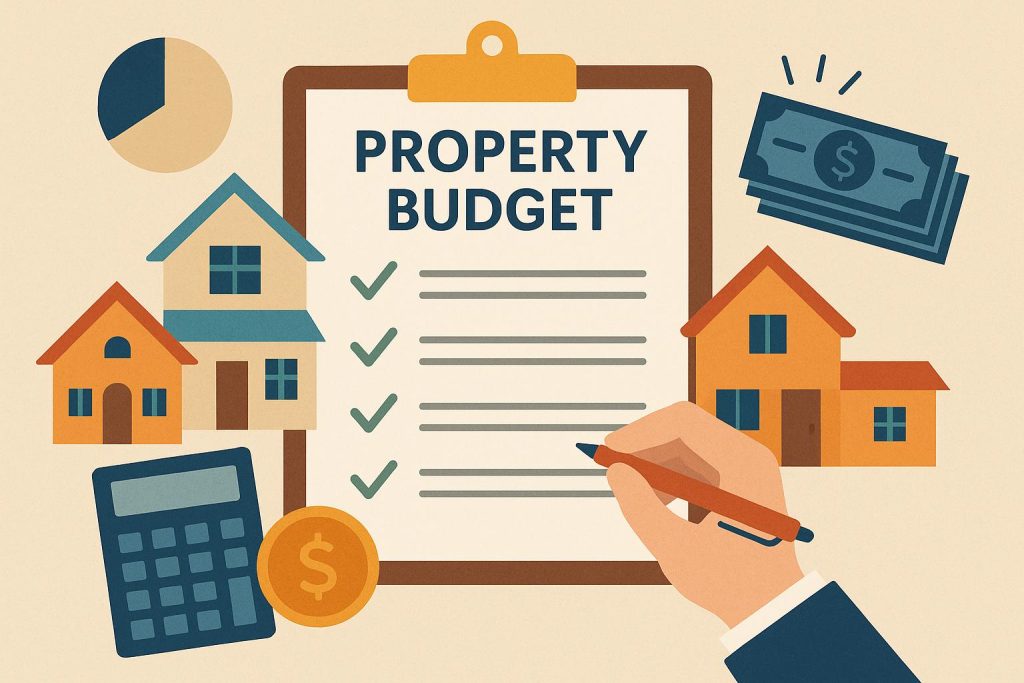How to create a budget for maintaining multiple properties

Understanding the Basics of Property Maintenance Budgeting
When managing a portfolio of properties, whether as an individual landlord or through an organization, establishing a well-structured budget for maintenance is fundamental to ensuring these assets remain in optimal condition. A comprehensive budget, which encompasses routine maintenance tasks, unforeseen repairs, and long-term improvements, is crucial for balancing financial commitments with the upkeep of the properties. The ultimate goal of the budgeting process is to maintain the properties efficiently without stretching financial resources too thin.
Assessing the Properties
The initial task in creating an effective maintenance budget is to conduct a thorough assessment of each property within the portfolio. This involves evaluating essential components that demand regular upkeep. Critical areas to focus on typically include roofing, HVAC systems, plumbing installations, electrical setups, and landscaping services. Through a comprehensive assessment, the unique maintenance needs of each property can be identified, enabling property managers to establish realistic budget expectations.
Evaluating Historical Maintenance Costs
Historical data on maintenance costs provides invaluable insights for budgeting. By reviewing past maintenance records, property managers can develop an informed understanding of typical expenditures and identify any recurring maintenance issues. This historical perspective aids in accurately forecasting future costs and identifying potential savings through preventive maintenance measures. Ultimately, not only does this practice help in formulating a more precise budget, but it also provides strategies for cost reduction over time.
Determining Necessary Maintenance Categories
For clarity and efficiency, break down maintenance needs into clear-cut categories, each catering to different types of maintenance activities:
Routine Maintenance: These are the regular, recurring tasks necessary to keep properties in good order, such as landscaping, periodic HVAC checks, and property inspections.
Preventive Maintenance: This category includes actions taken to forestall major repairs by tackling minor issues early, such as cleaning gutters and checking for sealant wear in windows and doors.
Emergency Repairs: Unpredictable issues such as sudden pipe bursts or electrical malfunctions fall into this category, demanding swift and immediate attention.
Capital Improvements: These are long-term investments that enhance the property’s value, such as significant renovations, roofing upgrades, or complete overhauls of major systems.
Setting Apart Emergency Funds
No maintenance budget is complete without a dedicated contingency fund. Establishing an emergency fund is critical in preparing for unpredicted expenses that can arise without warning. Industry professionals often suggest reserving 10-20% of the total maintenance budget specifically for emergencies. This reserve acts as a financial buffer, ensuring that unexpected costs do not compromise the overall value and functionality of the properties.
Utilizing Technology for Budget Management
Incorporating technology can significantly streamline the process of managing maintenance budgets. Advanced property management software solutions allow for precise tracking of expenses, scheduling of maintenance tasks, and comprehensive financial management. These tools centralize all maintenance-related information, thereby enhancing decision-making processes and improving financial oversight. Solutions provided by platforms like Buildium and AppFolio offer robust capabilities for property managers.
Regular Review and Adjustment of Budget
The maintenance budget should be viewed as a dynamic framework rather than a static document. Regularly reviewing and adjusting the budget is essential to align with the actual expenses incurred and any changes in the condition of the properties. Through frequent evaluations, property managers can make informed adjustments, keeping the budget in tune with real-world developments, and ensuring the financial viability of the property portfolio.
Involving Professionals
Engaging the expertise of professional property managers or maintenance experts can add substantial value to the budgeting and execution processes. These professionals bring a wealth of knowledge in implementing cost-effective maintenance practices. Additionally, they provide critical insights into budgeting strategies and efficient execution of maintenance tasks. Resources from organizations like The National Association of Residential Property Managers can help in finding qualified professionals to support maintenance efforts.
In conclusion, setting up a maintenance budget for multiple properties demands careful analysis, proactive planning, and periodic updates. By meticulously assessing the needs of each property, leveraging historical cost data, and ensuring adequate emergency funds, property managers can sustain the integrity and value of their investment efficiently. Ultimately, this strategic approach not only safeguards the physical assets but also contributes to prolonged financial stability and growth within the property management enterprise.
